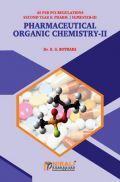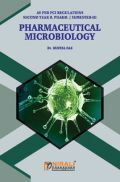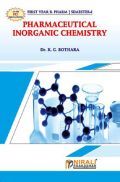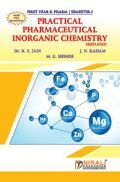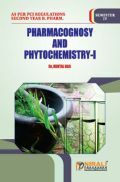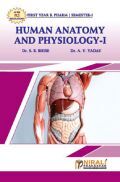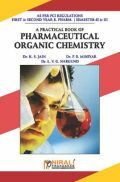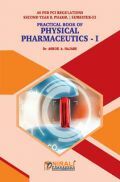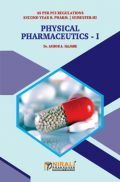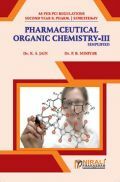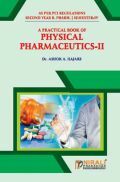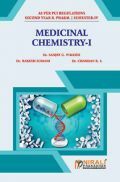This book Useful for Pharma Student.
1. To study the particle size distribution of given powder using sieving method
2. To study the particle size distribution of given powder by Optical microscopy
3. To study the particle size distribution of given powder using sedimentation method.
4. To determine the porosity of given powder.
5. To determine the flow properties by determining following flow parameters of given powder :
(a) Angle of repose
(b) Carr’s Compressibility Index
(c) Hausner's Ratio
6. To determine effect of lubricant on angle of repose.
7. To determine the viscosity of given liquid
8. To determine intrinsic viscosity of given polymer
9. To determine the effect of different suspending agents for maximum physical stability of calcium carbonate suspension using sedimentation volume
10. To determine the optimum concentration of tragacanth required for maximum physical stability of calcium carbonate suspension using sedimentation volume
11. To determine the viscosity of semisolid dosage form using Brookfield viscometer
12. To determine the order of reaction, half-life and rate constant of the given hypothetical decomposition data using graphical method.
13. To determine the order of reaction, half-life and rate constant of the given hypothetical decomposition data using substitution method.
14. To study the accelerated stability testing and to calculate the shelf life, expiry date and activation energy for the given hypothetical data following first order kinetics.
15. To perform the stability testing of various drug formulations.
16. To perform accelerated stability testing of ciprofloxacin.
17. To determine the CMC of Sodium lauryl sulphate using surface tension method.
18. To determine the spreading coefficient of oleic acid – water system
19. To prepare 100 ml of 0.1 M phosphate buffer and calculate bmax and adjust tonicity of buffer using NaCl equivalent method.







